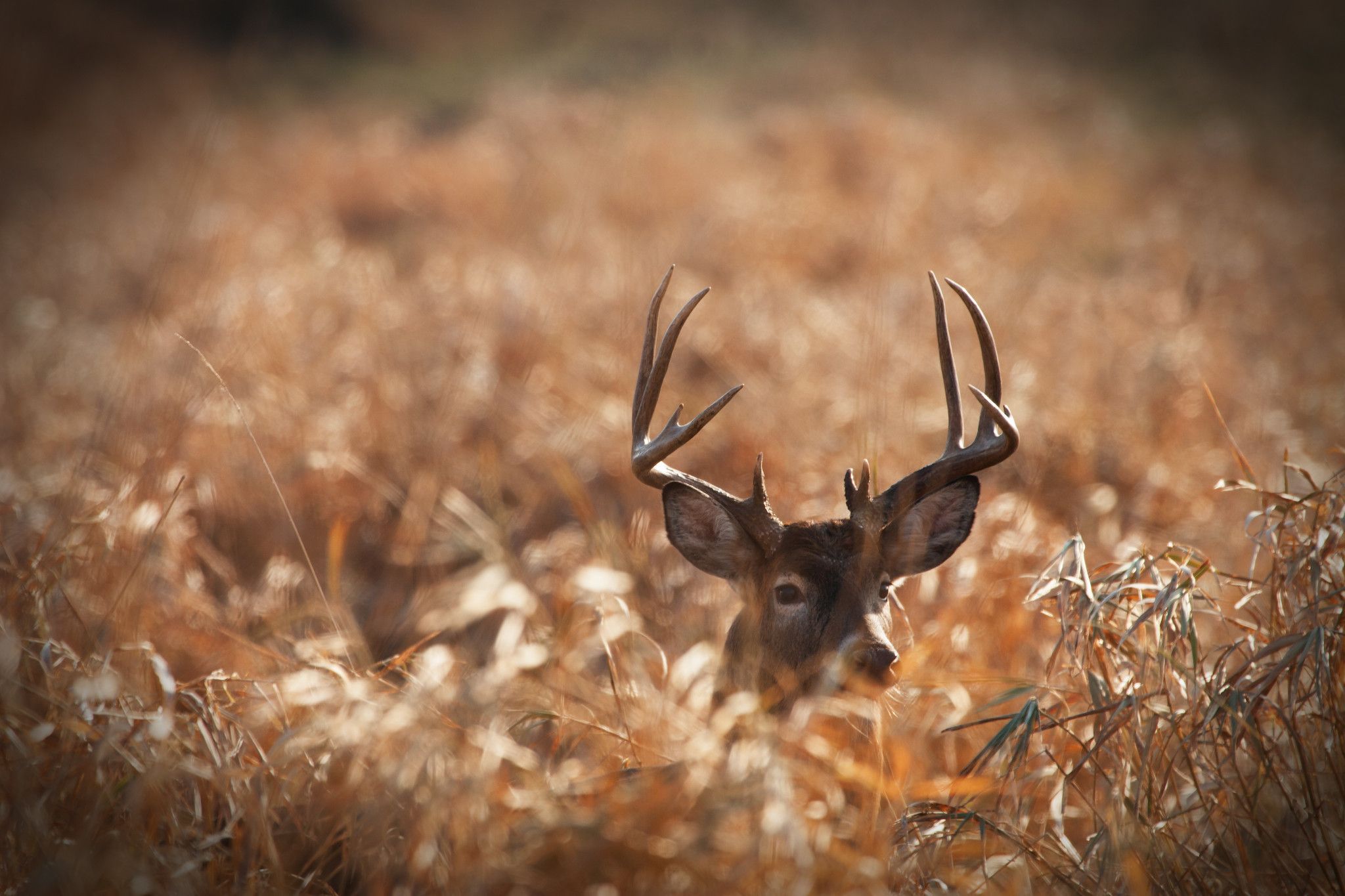COMMENTARY BY DR. DAVE SAMUEL
This is the third in a series on deer based on real science and data from research.
I’ve already received emails from hunters on my first two columns telling me that they don’t believe in science. As I’ve said before, that’s sad. My purpose here is to educate and as an old professor, I base my writings on science rather than one person’s opinion.
I understand that everyone is entitled to an opinion. But when it comes to deer behavior, it would be nice to base that opinion on the real world.
Just this morning a good friend asked me about deer movement and the warm temperatures we’ve been having. He noted, correctly, that all deer have to move to find food, no matter how warm it is, so he was going to bowhunt, even in the heat.
He’s right, but the woods having a lot of acorns this year means that deer don’t have to move as much.
In addition, a Texas study done by Dr. Dave Hewitt (one of the top minds in all of deer research) showed that heavier bucks going into the pre-rut are more likely to breed than other bucks, because they don’t need to eat as often.
If they have to spend less time eating because they’ve stored up reserves, then they can spend more time breeding.
Chad Newbolt at Auburn University also showed that buck weight was important relative to siring fawns.
He showed that the number of fawns sired was not related to a buck’s age or a buck’s antler size, but it was related to body size. Bigger bucks were the best breeders, and Dave Hewitt showed why. Bigger bucks have more energy reserves so they can spend more time chasing and breeding does.
Over the past 50 years, the most intriguing thing — in my opinion — researchers have learned about deer movement is the fact that bucks (and does too) go on excursions where they leave their home range, stay awhile, then come back home.
You can find deer taking excursions every month of the year. But for bucks, it appears to be most common during the rut. They do this all year.
Buck excursions usually are less than 5 miles, but longer ones have been measured. Here is the interesting thing for hunters. During the rut a buck may go miles from his home range and stop at one location for 2-3 days, then return home. Then 2-3 days later, that buck takes a straight path and returns to the same area. Why would he do that?
The belief is that he goes there to find a hot doe. Interesting to me is the fact that there are probably hot does in his home range, but he still leaves.
Why does he stay 2-3 days before coming home? The thought is that does stay in heat three days, then go out of estrus for 28 days. So, maybe the buck stays there with does waiting for a doe to come into estrus.
If one does, then the buck stays with her as she moves about for a few days and then mates her. Then he returns to his home range.
So if you have been seeing a buck on your trail camera for a few days, and you are in his home range, and he disappears for a few days, he just may have gone on an excursion.
Even more interesting is the possibility that you’ve spotted a buck on a straight line, perhaps headed for that woodlot a mile out of his home range, and several does hang out there.
That means that if none are in heat, that buck will take that same path back home. It’s a long shot but a stand along that trail might work.
Before we go, I’d be remiss if I didn’t mention the fact that the urban bowhunter’s first donation of the year was 577 pounds of venison.
That brings the total to 10,078 pounds of meat donated to the needy in our community. Everyone involved, including the Seese family that does the butchering, is to be congratulated for continuing this tradition since day one.




